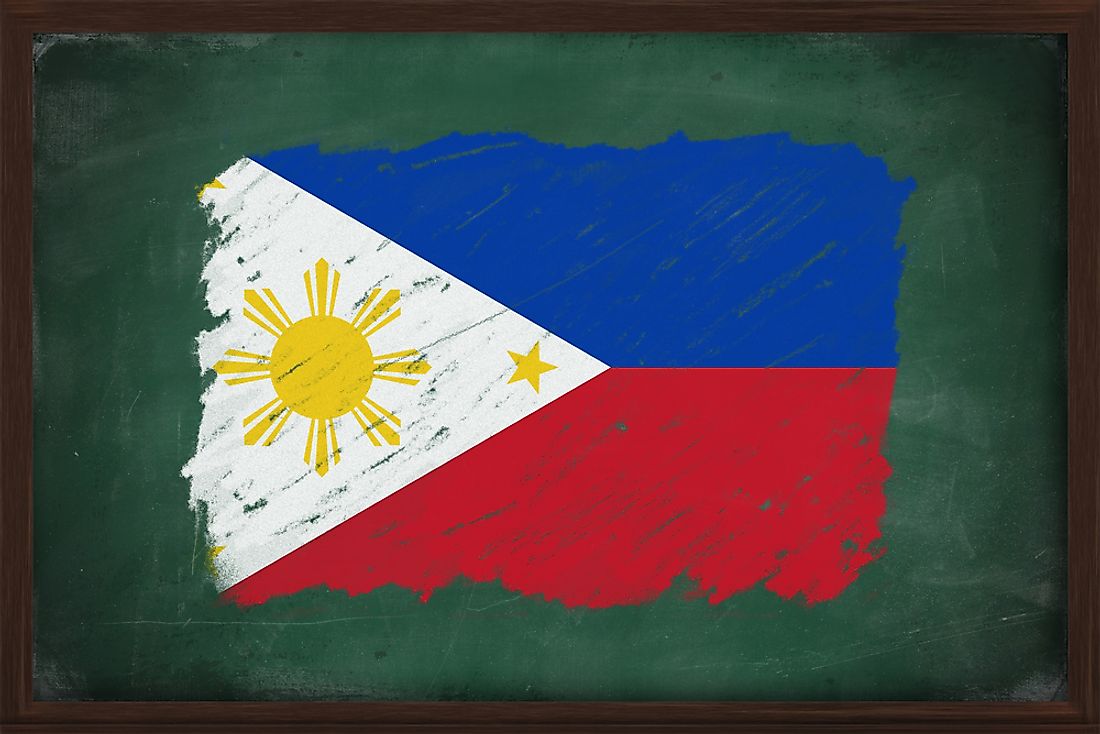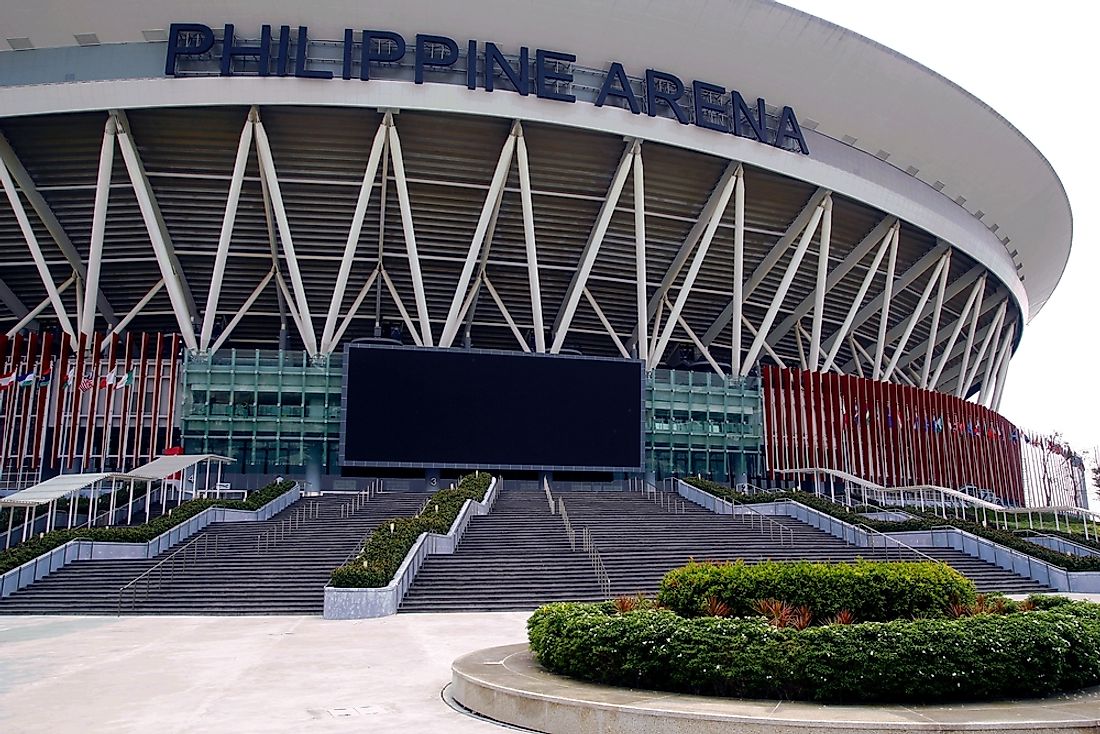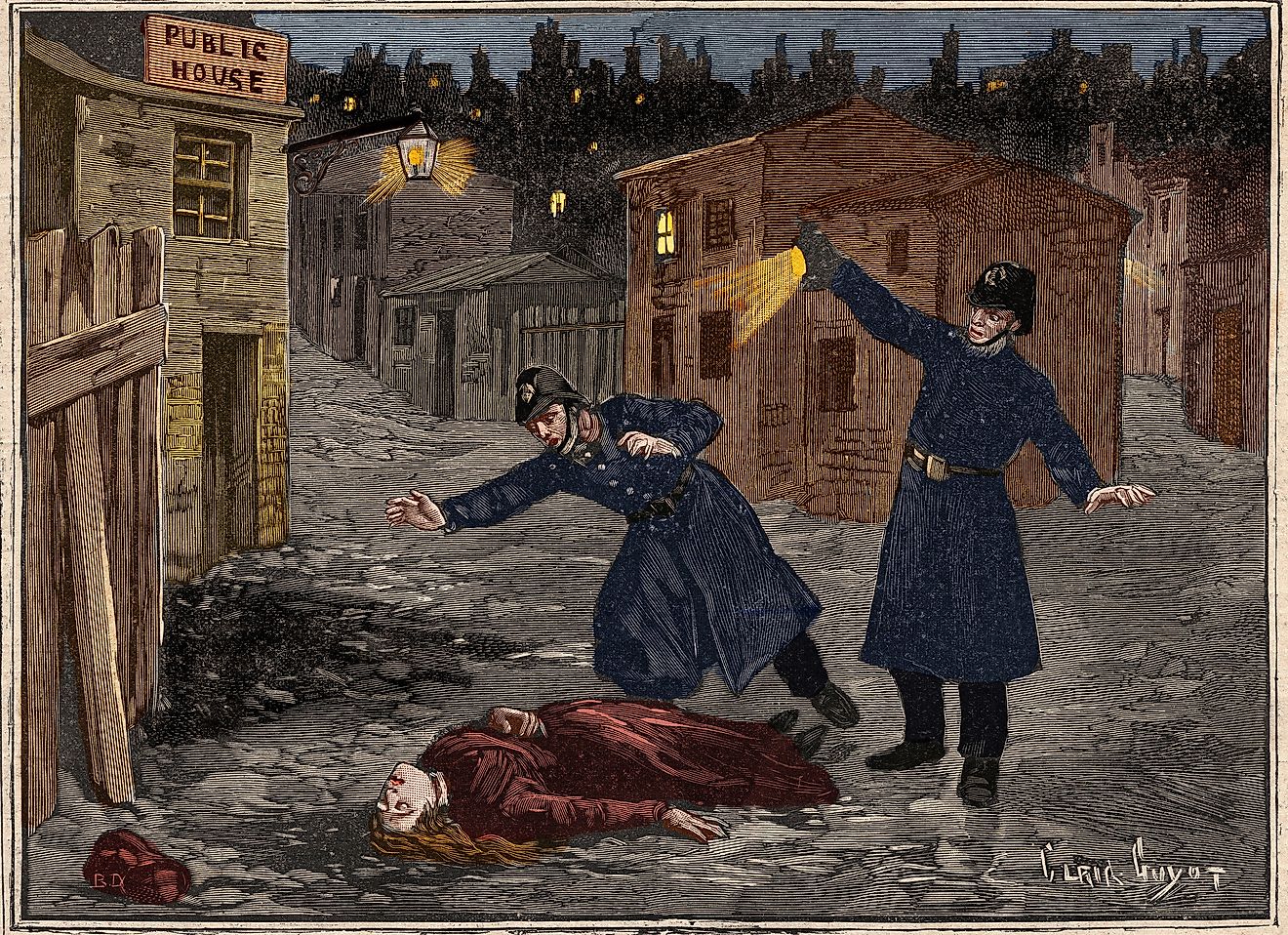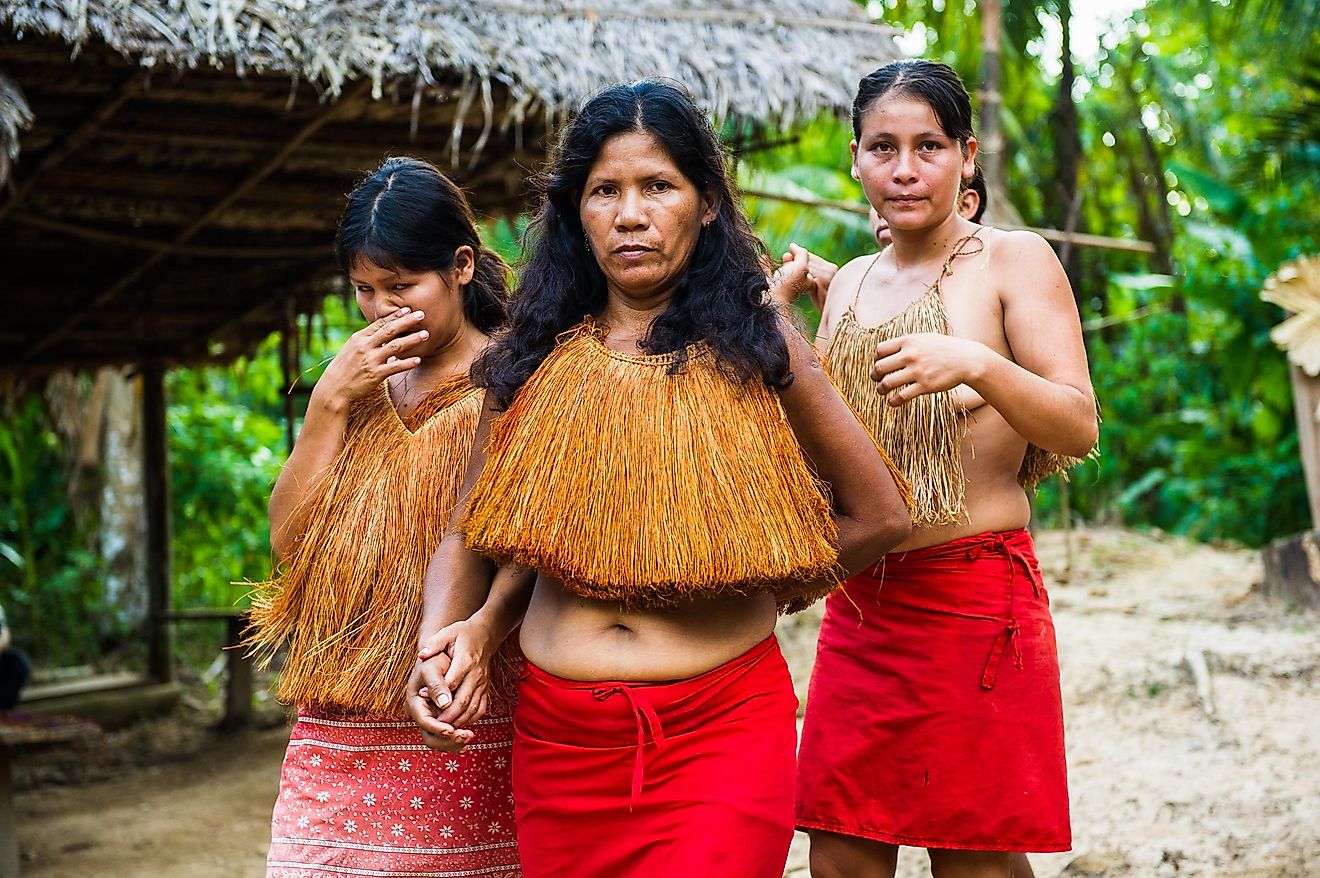What Languages Are Spoken in the Philippines?

The Philippines is an island nation that is located in the western Pacific Ocean. In ancient times, the islands were gradually populated by Austronesians. European contact began in 1521 when the Spanish explorer Ferdinand Magellan arrived, and the first Spanish colony was established in 1565. This colony marked the beginning of a 300-year of Spanish rule. In 1898, the islands became US territory until 1946, when its independence was acknowledged. Today, the Philippines is an ethnically diverse country and because of this, over 150 languages can be heard here. This article takes a look at some of the major languages spoken in this country.
Official Languages Spoken In The Philippines
During colonial rule, the official language of the islands was Spanish. Even after the territory was ceded to the US at the end of the 19th century, Spanish remained the lingua franca for another century or so. In 1901, under US occupation, English became the language of the public school system. The Constitution of 1935 established both English and Spanish as the official languages of the country with a note that Congress should nominate a native language with national standing. The Congress voted to include Tagalog as the national language in 1937.
Tagalog became known as Pilipino in 1959. The Constitution was again amended in 1973, naming Pilipino and English as the official languages of the country. At this time, Congress decided that a new national language, called Filipino, should be developed. When the Constitution was again amended in 1987, Filipino and English became the co-official languages. English is primarily used in printed publications, such as newspapers and magazines.
National Language Of The Philippines
In addition to being one of the official languages of the country, Filipino is also the national language. This language primarily consists of Tagalog with some mix of other Philippine languages. Public school teachers rely on Filipino to teach most classes, and it is the language of choice for televised media and cinema. Today, it has become the lingua franca throughout the majority of the country as well as in Philippine communities around the world.
Regional Languages Of The Philippines
Twenty-one languages are spoken regionally. These include: Aklanon, Basian, Bikol, Cebuano, Chavacano, Hiligaynon, Ibanag, Ilocano, Ilonggo, Ivatan, Maranao, Tagalog, Kapampangan, Kinaray-a, Waray, Maguindanao, Pangasinan, Sambal, Surigaonon, Tausug, and Yakan.
Each of these represents a major indigenous language of Philippines that is spoken in areas inhabited by large populations of native speakers. The majority of these regional languages belong to the Malayo-Polynesian language family sub-group, and this sub-group belongs to the Austronesian language family. This is true with the exception of Chavacano, which is a Spanish-based creole language. It is the only Spanish-based Creole language in Asia and has been spoken for around 400 years. This makes the language one of the oldest Creole languages in the world. Chavacano has an estimated 1.2 million speakers.
Foreign Languages Spoken In The Philippines
Not all of the languages spoken in the Philippines are indigenous. This country is home to a large number of immigrants as well, which is reflected in its wide variety of foreign languages. These languages include Chinese (various types), Arabic, Japanese, Spanish, Malay, Tamil, and Korean. Many regional languages here have borrowed loanwords from several of these languages, particularly for food and household items. Of these foreign languages of Philippines, the Constitution requires that the use of two be encouraged on a voluntary basis: Spanish and Arabic.











